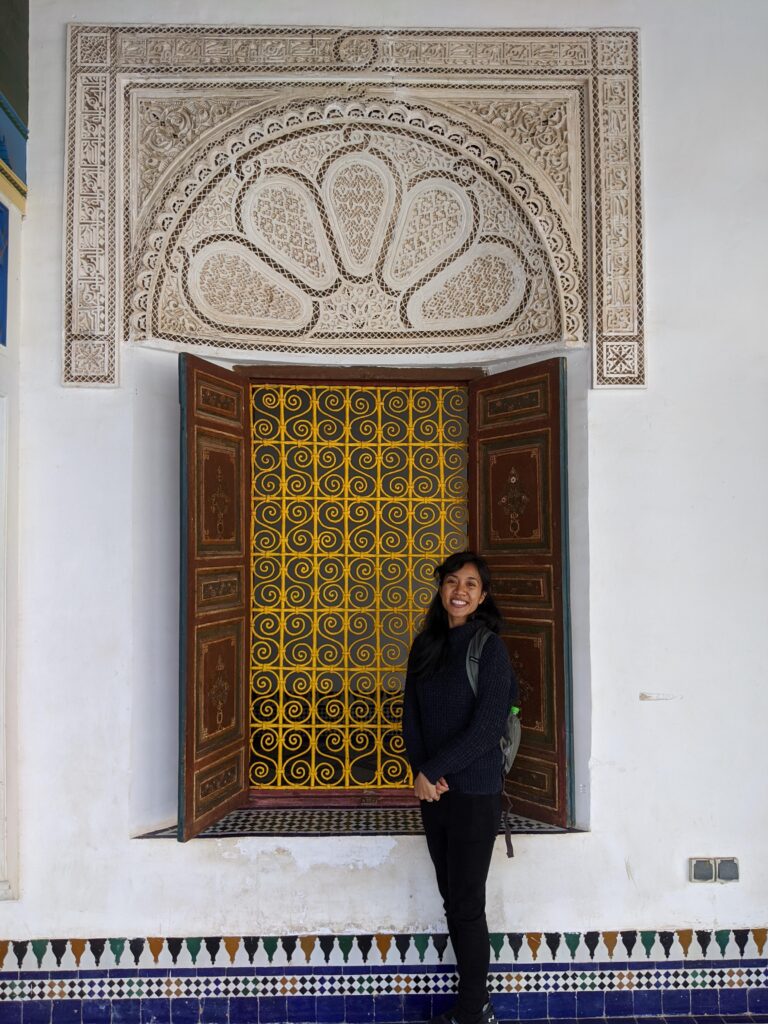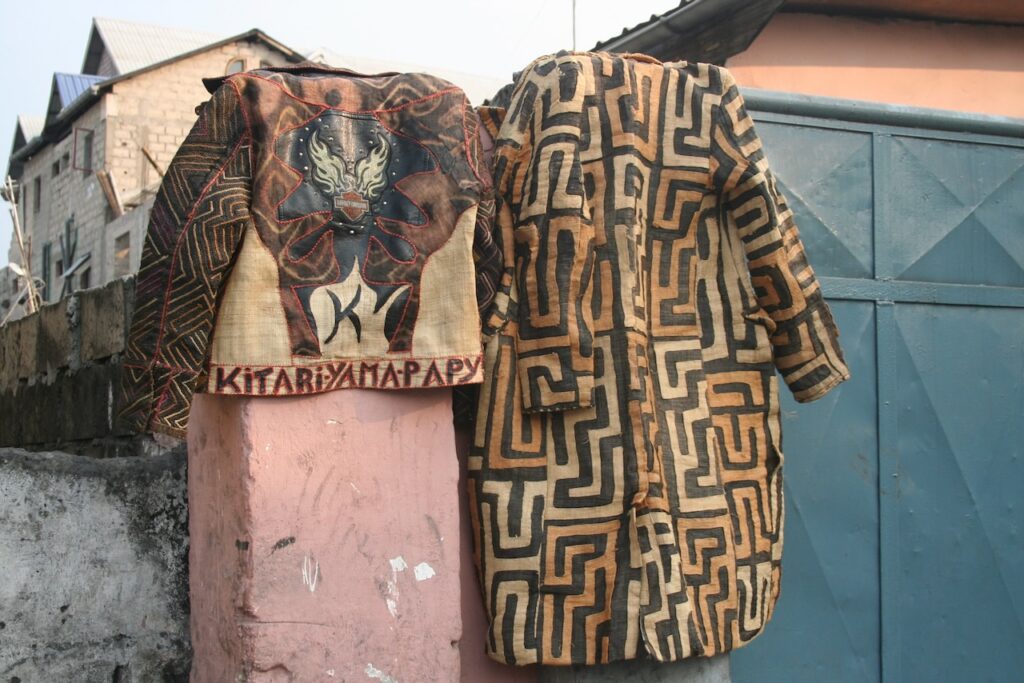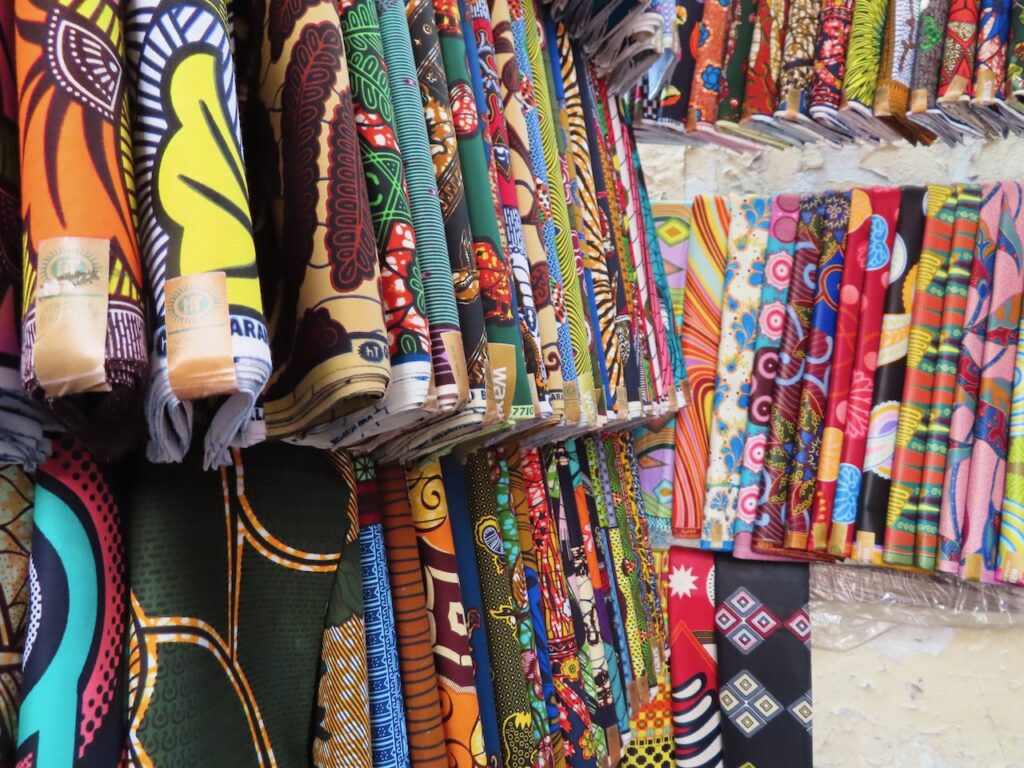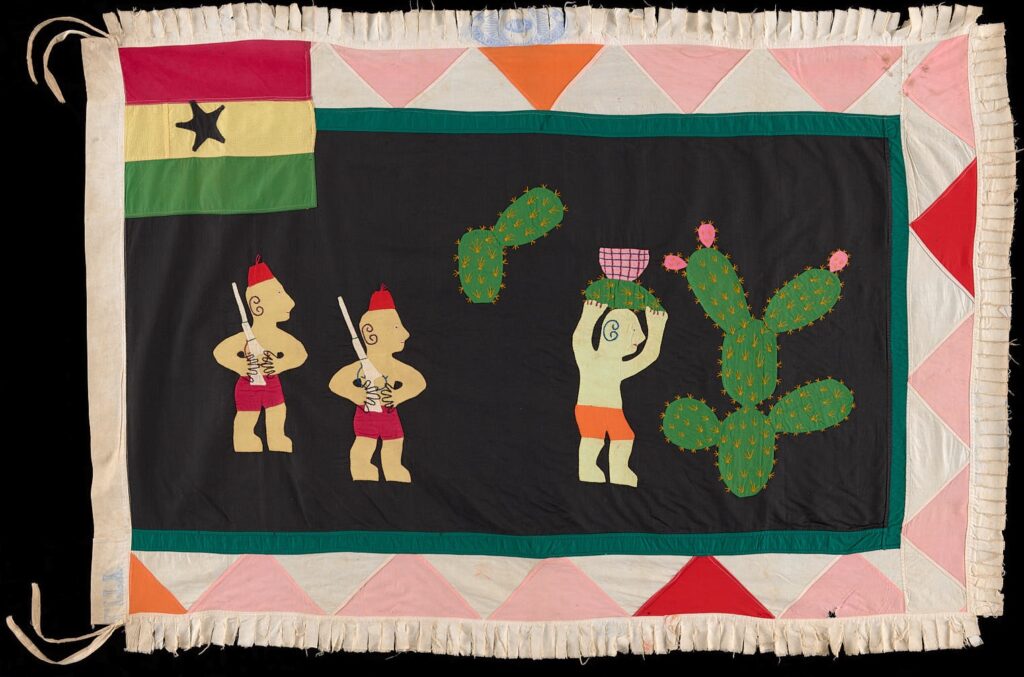By Dr. Kristen Laciste, Thursday, August 3, 2023
Greetings, students! My name is Dr. Kristen Laciste, and I am the incoming Assistant Professor in the History of Art department specializing in African Art and Visual Culture. I became enamored with this field of study as an undergraduate at the University of California, Los Angeles (UCLA). I started as an studio art major, but added art history as a second major after taking the class, Introduction to African Art. I enjoyed this class immensely, as it expanded my horizons on what art could be and what art could do. During my studies at UCLA, I decided that I wanted to continue the study of African Art and Visual Culture and applied to graduate schools.
I graduated with my Ph.D. in Visual Studies at the end of Summer 2022 from the University of California, Santa Cruz (UCSC). While there, I studied a variety of subjects related to my field, including the transatlantic slave trade and slavery, Black dandyism, contemporary African art, Afro-pessimism, Afrofuturism, and architecture, photography, and fashion in Africa (fig. 1).

For my doctoral dissertation, I researched the Congolese fashion subculture, the Society of Ambiance Makers and Elegant Persons (La SAPE), in Kinshasa, the capital city of Democratic Republic of the Congo. As part of my research, I traveled to Kinshasa in 2019 and 2021 to converse with members of La SAPE (sapeurs for men and sapeuses for women), as well as painters, photographers, and curators who portray members of La SAPE in their work and/or work directly with them. La SAPE is associated with Kinshasa, and its twin capital city, Brazzaville, Republic of the Congo, which is separated by the Congo River. While its origins are a subject of debate among scholars and members of La SAPE, this subculture can be traced back to the colonial period in Africa, specifically when Democratic Republic of the Congo was colonized by Belgium and when Republic of the Congo was colonized by France. Congolese servants working in European homes in Brazzaville adopted forms of European dress since they were compensated initially by their employers in the form of secondhand clothing. Later, they were no longer content with their employers’ hand-me-downs, and wanted to obtain the latest styles of fashion from Paris.
While members of La SAPE generally have a reputation for desiring and donning designer-labeled clothing, shoes, and accessories said to be from Europe, one of the main lessons I learned is that there are members who make their own outfits in an effort to call attention to and celebrate Congolese history, cultures, and languages (fig. 2). Currently, I am working on a paper La SAPE that I will present at the African Studies Association annual conference late November/early December. In this presentation, I consider how two fashion brands utilize wax print cloth for its products related to La SAPE. Since members of La SAPE generally do not wear outfits made from wax print cloth, these products run the risk of misrepresenting and appropriating La SAPE (fig. 3).


After completing my doctoral dissertation and graduating from UCSC, I worked at the non-profit organization, Smarthistory, The Center for Public Art History, as the 2023 Andrew W. Mellon Postdoctoral Fellow. At Smarthistory, I contributed essays, such an introduction to the basics of African masquerade, asafo flags, and adinkra cloth, to expand the content featured on the Africa section (fig. 4). I plan to include some of the essays that I had written as assigned readings into my courses this upcoming fall semester, which are HA 123: African Art and Civilization, and HA 239: History of African Textiles and Fashion. I am excited to teach and interact with students, and hopefully, will expand their horizons.
